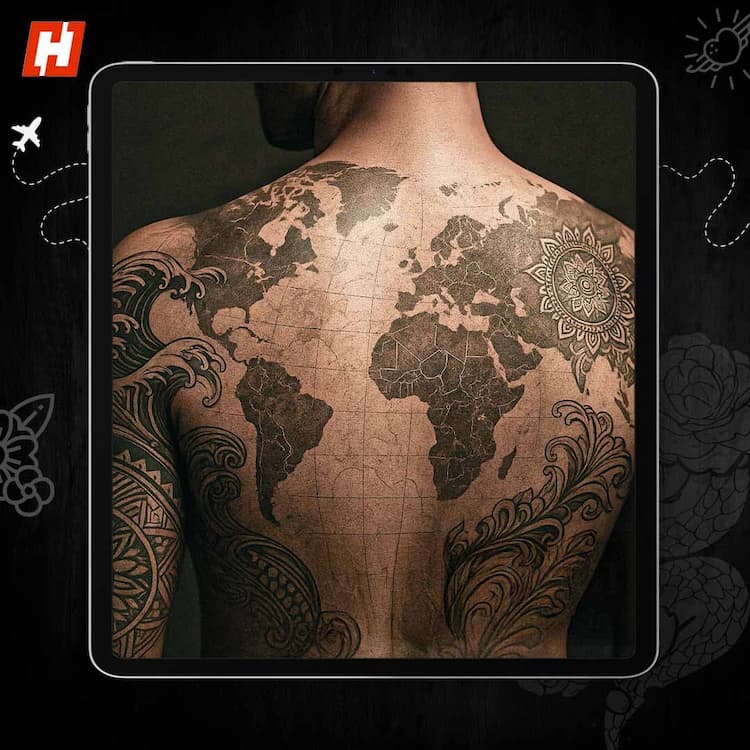Did you know that ‘secret women’s scripts’ have been a thing in many cultures? China’s Gen Z women are reviving one of them: Nüshu. In Japan, the forgotten Kana script is being preserved too, leading to the ‘woman’s hand’ seeing a resurgence.
So, how did these scripts come to be, and why are they seeing a resurgence?
How China’s Nüshu script came into existence
Women weren’t allowed to go to school 400 years ago in China. So, the Yao women developed a script of their own. Derived from Chinese characters, these were altered to be more artistic and flowing. As a result, they had a less boxy, more slender, leaf-like shape that could be incorporated into embroidery designs.
Through this script, women would communicate with each other. Be it through poetry, songs, letters, or embroidered fabric, Nüshu became the language women shared their mutual sorrows and joys in. Generations of women in the Jiangyong region learnt this script that became symbolic of sisterhood.
The cultural significance of Nüshu
Zhao Liming, a professor at Tsinghua University in Beijing, studied Nüshu for four decades. She told AFP that Nüshu is more than a mere writing system. It is the story of what women in rural areas lived through as well. Liming told AFP, "It was a society dominated by men," adding, "Many of their works cried out against this injustice."
She explained why Nüshu is important to AFP: "Everyone knows that the background of Nüshu is a patriarchal society, right ... where women basically could not attend school or receive formal education, nor could they become officials. Except for a very small number of empresses -- extremely few -- and very few female poets, most women had no opportunity to study."
Why the Nüshu script is being revived by China’s Gen Z women
Why are Gen Z women in China interested in reviving Nüshu? For one thing, the hashtag "Nüshu" has 73.5 million views on the Chinese social media platform Xiaohongshu. From tattoos to artwork, the script is being incorporated in unique ways by Gen Z folk.
21-year-old student Pan Shengwen told AFP that she sees these Nüshu workshops as a safe space for women: "It essentially creates a sanctuary for us -- a safe space where we can express our thoughts, confide in our sisters, and talk about anything."
Teacher and Nüshu expert He Yuejuan is among those who can practice this script, and now she’s sharing her skills with others. A Jiangyong native, she grew up with this script and had to pass several tough tests to become one of the 12 government-designated "inheritors" of Nüshu who are qualified to teach it. She has a gallery which sells colourful merchandise, including earrings, fans, and shawls with Nushu prints.
What about Japan’s ‘woman’s hand’ Kana?
Nüshu isn’t the only example of a script created for and by women. In Japan, the Kana script was allegedly used this way as well. Kana was borne out of the need for a separate mode of communication for women who were denied the education most men received.
While men did occasionally use Kana, women were discouraged from learning and using Kanji, the official Japanese script used by monks and samurais. Kana was predominantly used by Heian-era aristocrats.
Using Kana, they would write poetry and novels, communicate secretively, and journal about their intimate thoughts, because as courtiers, they couldn’t write about all these things in the official Kanji.
Why Kana isn’t seeing the same revival as Nüshu
Most of the characters used in Kana were phased out in the 20th century when Kanji became the standardised script format in Japan. Today, Japanese calligrapher Kaoru Akagawa is among the few who can write this script.
What's wild is, 'The Tale of Genji' – which is often called the world’s first novel – was written in Kana by a woman called Murasaki Shikibu. But, because Kana was phased out and Kanji continues to be the main script in Japan, not many know how to write in this hand.
Are women creating their safe spaces with their own modes of communication?
The Tea app is another example of this. It was meant to be a space where women and non-binary people can share their experiences about men. So, new scripts aren’t necessarily the source of female solidarity today.
However, the basic idea behind creating such modes of communication—be it tacit or spelled out — remains the same. It’s about navigating the patriarchy by subverting the culture — and semantics housed within it — built for and by men.





